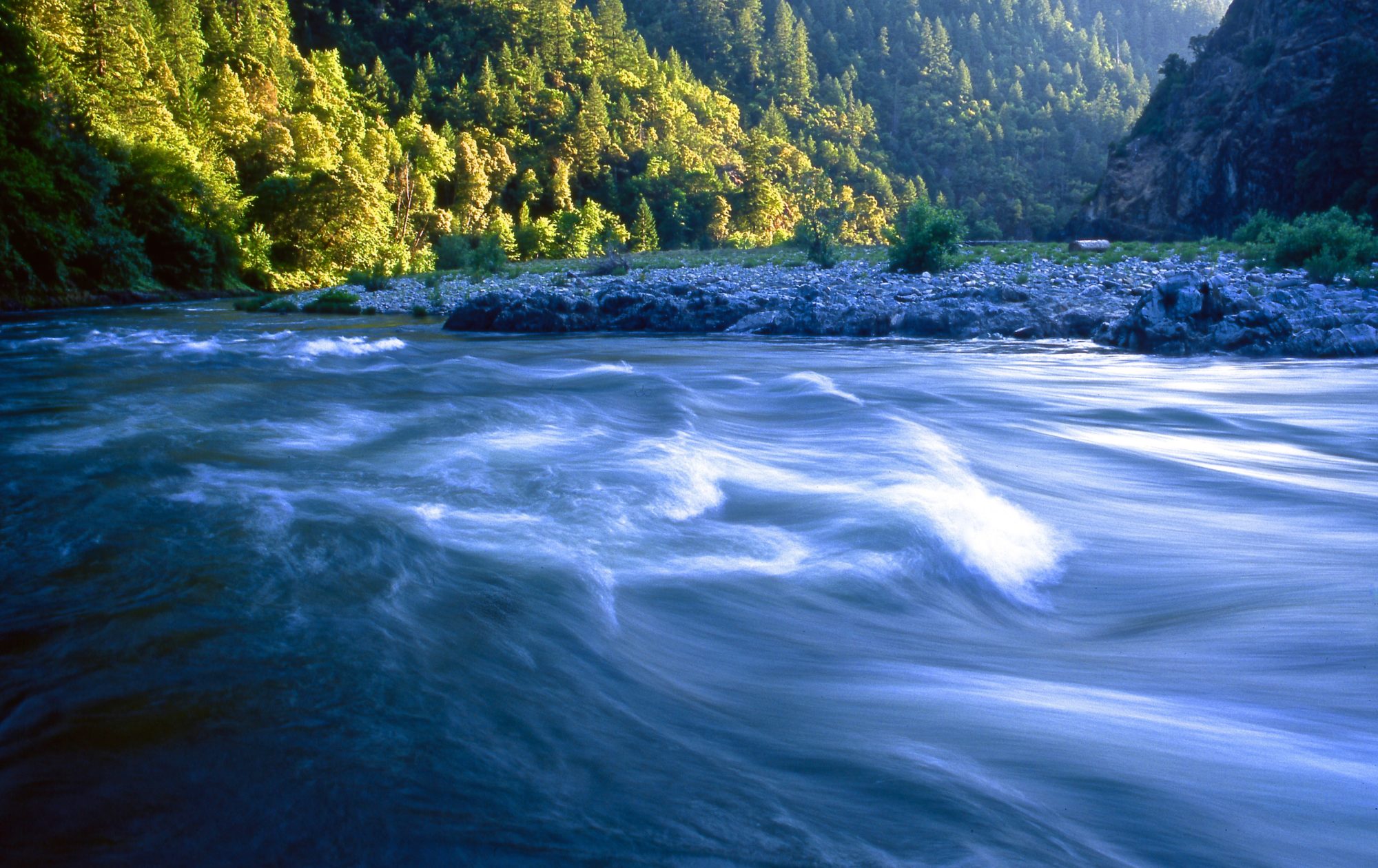In response to a 2013 proposal to expand mineral exploration and drilling on U.S. Forest Service lands at Red Flat at the headwaters of Hunter Creek (pictured above) and North Fork Pistol River, Kalmiopsis Audubon become deeply engaged in a years-long effort to protect this watershed and several others in our region from the threat of strip mining. At the time, the price for nickel was high, and we soon learned that other public lands in our region were also threatened by mining proposals. One was located on US Forest Service lands in the basin of the Wild and Scenic North Fork Smith River, which ultimately flows into the Wild and Scenic Smith River and Redwoods State and National Parks, providing drinking water for much of Del Norte County, just south of the Oregon State line. Another proposal was located at Rough and Ready Creek at the headwaters of the Wild and Scenic Illinois River, which is home to the highest concentration of rare plants in Oregon and, of course, flows into the Rogue River at Agness. Across southwest Oregon and northwest California, KAS joined other concerned citizens in affected communities downstream of potential mining sites, pulling together to become educated and to advocate for stronger protections of our region’s extraordinary wild rivers, clean water, drinking water, salmon and steelhead, recreational economy, and rare botany.

In 2015, in response to widespread concern of local citizens Congressman Peter DeFazio, joined by Senators Wyden and Merkley, introduced legislation to withdraw headwaters areas from new mining claims and asked the Secretary of the Interior to segregate and temporarily withdraw these areas to give Congress time to pass a law to make the withdrawals permanent. An extensive public process ensued with robust analysis by the U.S. Forest Service and Bureau of Land Management, including 3 public comment periods and 3 public meetings in the communities of Gold Beach, Grants Pass, and Brookings. Hundreds of local citizens, including many KAS members, turned out in person to voice concern about mining proposals and overwhelming support for greater protections for our cherished wild rivers. Of 45,000 public comments received from every state of the union, 99.9% favored the withdrawal. In addition, three local tribes; Curry and Del Norte County; the cities of Gold Beach, Crescent City, and Cave junction; several water districts; and state fish and wildlife agencies all voiced support. Finally, in 2016, the Secretary of the Interior approved a 20-year Southwestern Oregon Mineral Withdrawal for the headwaters of Hunter Creek/Pistol river and of Rough and Ready/Baldface Creeks!
Meanwhile, Rep. DeFazio, joined by Rep. Huffman from California, and Senators Wyden and Merkley have continued to press for the Southwestern Oregon Watershed and Salmon Protection Act to make the temporary mineral withdrawal permanent. In the 2021-2022 Congress, the bill made it farther than ever before, with important hearings completed on both the House and Senate side, but ultimately it did not pass because no public lands omnibus package came together. In early 2023, Senators Wyden and Merkley reintroduced this bill into the 118th Congress as part of the Oregon Recreation Enhancement Act.
The SOWSPA legislation, which tiers to the 20-year Southwestern Oregon Mineral Withdrawal—already in effect for more than six years—applies only to mining claims and does not change management of any other activities, including recreational uses, of our public lands. By making the withdrawal permanent, it will help to protect the drinking water of several downstream communities, including Gold Beach, Cave Junction, Hiouchi, Gasquet, and Crescent City. It will also help to protect our region’s unique botanical biodiversity and the many outstanding recreational opportunities afforded by our cherished Wild and Scenic rivers.


